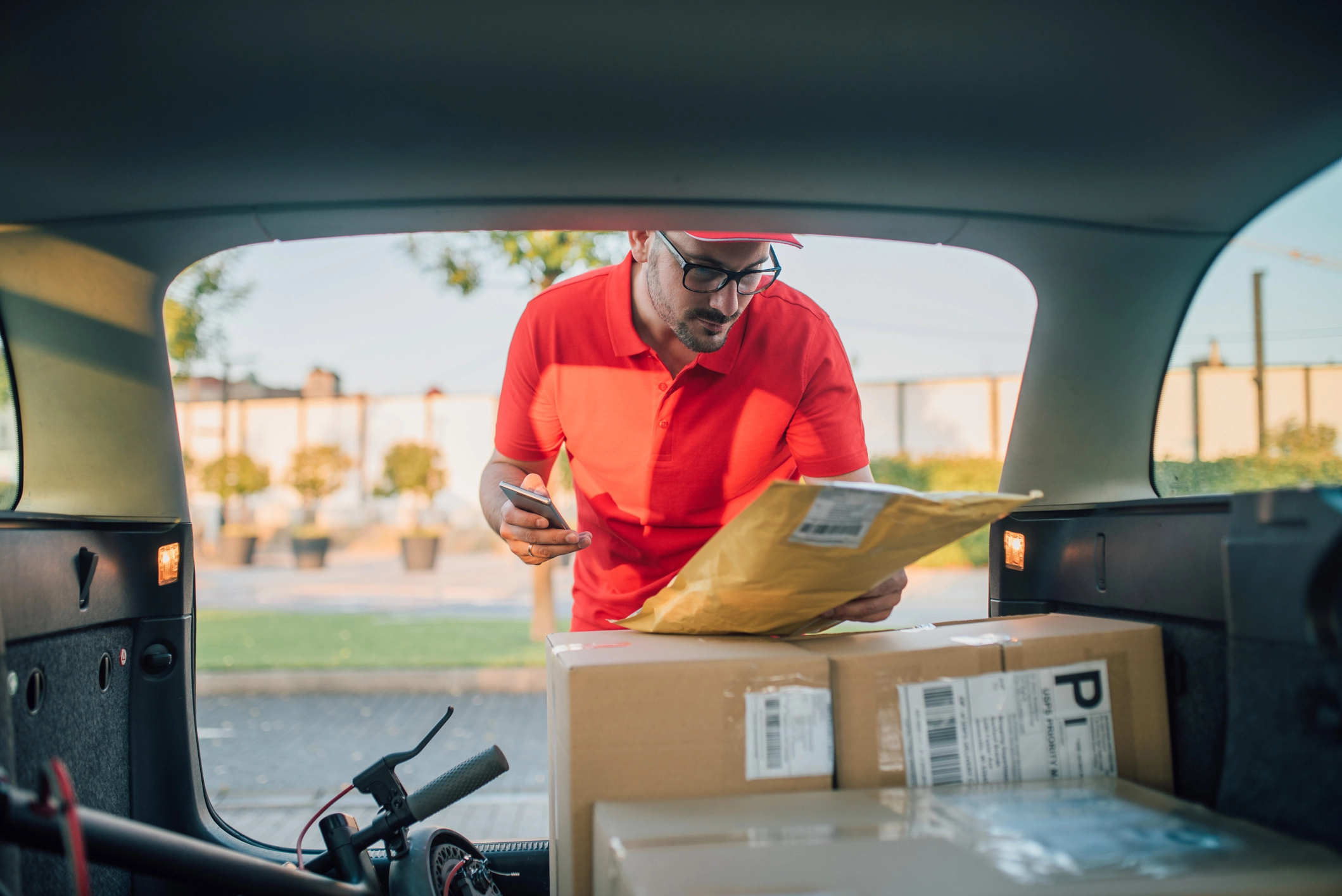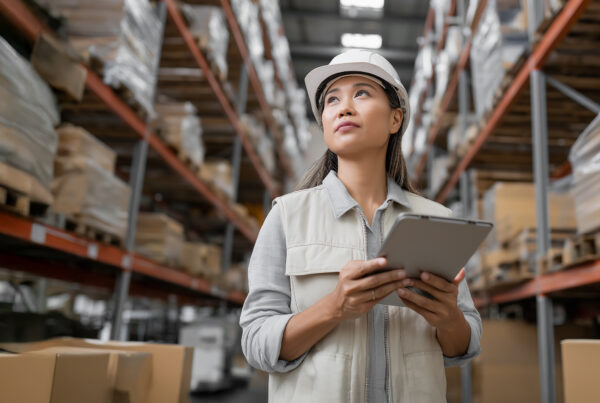The key changes in customer behavior during and post pandemic have had a significant impact on e-commerce sales as customers now expect nothing short of a perfect delivery service.
As a result of the retailers’ race towards a more competitive customer service experience, online shoppers have gained more control than ever before. The very words ‘fast delivery’ are becoming synonymous with ‘same-day delivery’ rather than just ‘on-time’ – completely reshaping the dynamics of retail industry and increasing the pressure on its last-mile phase.
Here are the top 3 retail last-mile challenges and best practices which have emerged from this recent shift in customer behavior.
Main 3 Challenges
In-store Operations
While this challenge is rather easily solved, retailers must adequately train their staff to pick, pack and hand-off deliveries in a seamless and timely manner.
Same-day Delivery Pricing
The pricing spectrum ranges from the customer paying 100% of the delivery charge, to the retailer paying 100% of it. Where a retailer sits along this spectrum varies according to their strategy. Are they optimizing for a top-line or bottom-line revenue? Are they looking to increase basket size? Are they offering perks through loyalty or reward programs to their top tier customers?
Lack of Technological Integration
For a retailer to fulfill same day delivery orders, they must have instore visibility connected to their e-commerce flow. The integration of such a software with an online business reveals inventory, riders’ availability and much more – it however requires a financial investment.
Main 3 Best Practices
Fulfillment Models Options
Besides a home delivery, customers now expect options such as picking the purchased items from the store or ‘BOPIS’, retail lockers or curbside – turning even a store front into a fulfillment location! Options increase customer satisfaction as online shoppers feel empowered, while decreasing the logistics and cost of delivery.
Automation and Agility through Technology
Dispatching orders automatically is crucial to an accurate same-day delivery. If done manually, this process would require additional staff and decision making, increasing the margin for error– while still lacking the ability to take into consideration optimum delivery routes or the distance of available riders. The entire processes would be solved automatically through a last-mile software, saving a significant amount of time and energy.
Moreover, the spiky nature of the final mile requires retailers to have continuous maximum fleet visibility – which is unattainable without a software. Reports of the activity of different riders, or even entire fleets (should a retail store be dealing with multiple delivery partners), orders, routes etc. – need to be analyzed to better understand where the spike in delivery comes from and how to manage it immediately and efficiently.
End Customer in Focus
Communication is an essential part of a good customer service experience. Online shoppers except to be able to track their package from the moment an order was placed to the moment it is delivered to their doorstep. Where the package is, when it is expected to be delivered and who the rider delivering it is, are standard pieces information expected by the end customer. The more control and transparency retailers give their customers, the better the shopping experience.



